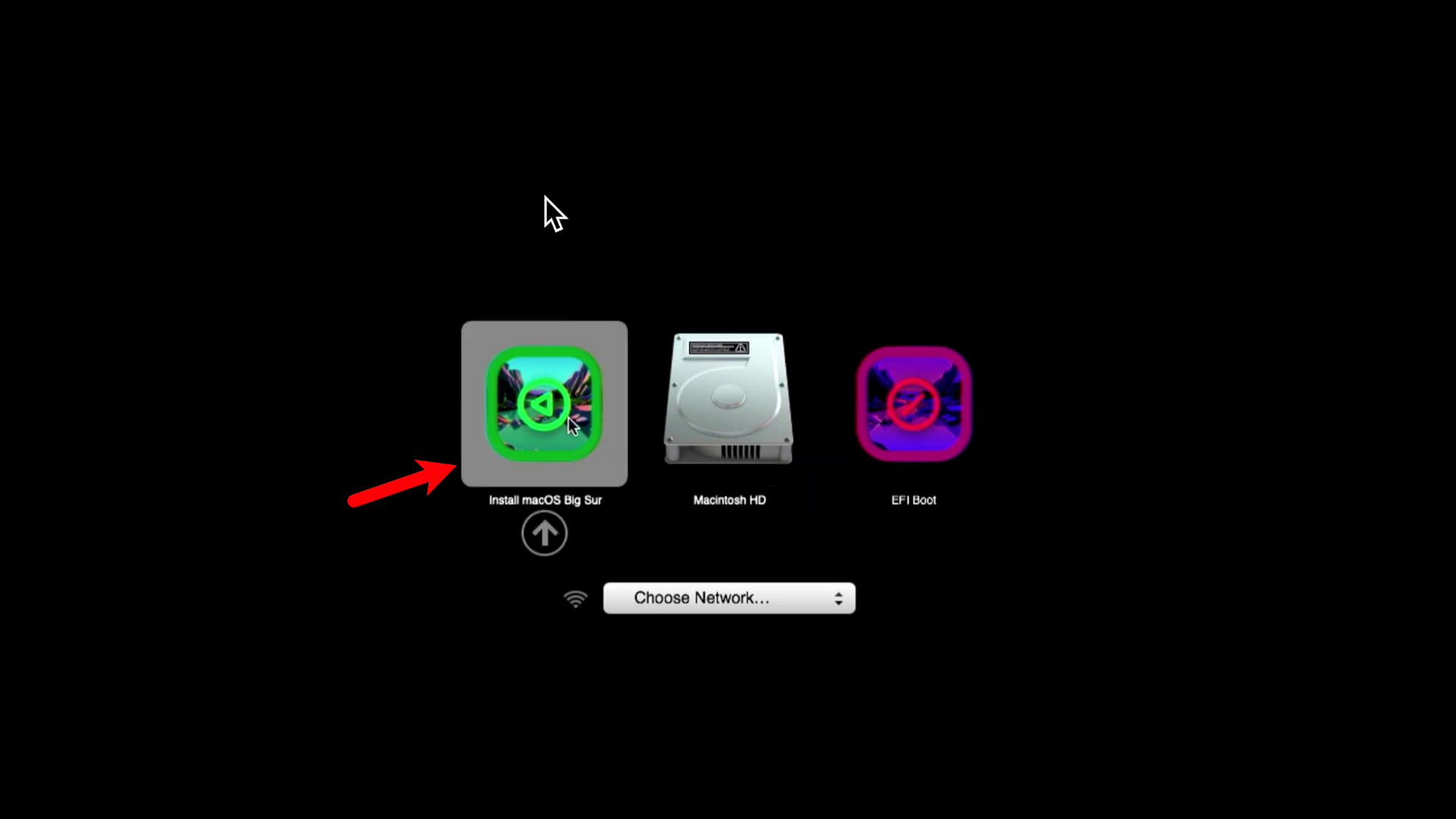
- (The Host Mac will do the work and the Target Mac is the Mac you need to Restore) 1. USB-C Mac as the Host Machine. The Host Mac must have at least macOS 10.15.6 and Apple Configurator 2.13.1 or newer installed. (Version 2.13.2 is the latest as of 11/18/20) 3.
- How To Install MacOS Catalina On Unsupported Mac How To Download Macos Catalina Dmg File Ver-10.15.4 (Direct Links) How To Download Macos Catalina Iso For Vmware & Virtualbox: Direct Links How To Download Macos 10.15 Catalina Iso + Dmg + Vmdk How To Install MacOS Catalina On VirtualBox On Windows: 8 Step Ultimate Guide.
In-Depth Tutorial for Running Big Sur on Unsupported Macs using BarryKN’s Big Sur Micropatcher If your Mac will lose support with the release of MacOS 11, don’t lose hope. You can still get Big Sur with little to no problems (depending on your Mac) even in its beta stages. Article: install macos big sur on unsupported mac Thinking Install Macos Big Sur On Unsupported Mac to Eat? We've got you covered. These easy recipes are all you need for making a delicious meal. Find the Install Macos Big Sur On Unsupported Mac, including hundreds of. MacOS big sur on unsupported hardware. Upgrading from Mojave to Big Sur on Z370 AORUS ultra gaming wifi. OpenCore 0.7.2 doesn't detect drives in boot loader, Catalina installer does. Stuck at 'Bug: launchctl.c:2325' while trying to install 10.6.7 on my Intel Pentium M740 laptop using Chameleon bootloader (Enchon). The macOS 11, which goes by the name Big Sur, comes with a newer user interface and menu bars, redesigning icons and other features. It is better than macOS 10.15, Catalina, due to its powerful improvement and new features. However, Apple dropped various Mac versions, making installation of macOS 11 on unsupported Macs almost impossible.
This article is intended for system administrators at businesses and educational organizations.

About system extensions in macOS
Install Macos 10.15 Catalina On An Unsupported Mac
MacOS Big Sur 11.0 and later allows management of legacy system extensions for both Intel-based Mac computers and Mac computers with Apple silicon. How to manage legacy system extensions Kernel extensions that use previously deprecated and unsupported KPIs no longer load by default.
Install Macos Big Sur On Unsupported Mac
System extensions on macOS Catalina 10.15 and later allow software, such as network extensions and endpoint security solutions, to extend the functionality of macOS without requiring kernel-level access. Learn how to install and manage system extensions in user space instead of the kernel.
Legacy system extensions, also known as kernel extensions or kexts, execute in a highly privileged mode of the system. Starting with macOS High Sierra 10.13, a kernel extension must be approved by an administrator account or a Mobile Device Management (MDM) profile before it can load.
macOS Big Sur 11.0 and later allows management of legacy system extensions for both Intel-based Mac computers and Mac computers with Apple silicon.
How to manage legacy system extensions
Kernel extensions that use previously deprecated and unsupported KPIs no longer load by default. You can use MDM to modify default policies to not show dialogs periodically and to allow the kernel extensions to load. For Mac computers with Apple silicon, you must first change the security policy.
Install nextcloud on docker. To install a new or updated kernel extension in macOS Big Sur, you can do either one of the following:
- Instruct the user to follow the prompts within Security & Privacy preferences to allow the extension, then restart their Mac. You can permit users who are not administrators to allow the extension using the
AllowNonAdminUserApprovalskey in the Kernel Extension Policy MDM payload. - Send the
RestartDeviceMDM command and set theRebuildKernelCachekeyto True.
Install Macos Big Sur On Unsupported Mac
How To Install Catalina Unsupported Mac
Install Macos Big Sur On Unsupported Macbook Pro
Any time the set of approved kernel extensions changes, either after initial approval or if the version is updated, a restart is required.
Additional requirements for Mac computers with Apple silicon
Mac computers with Apple silicon require kernel extensions to be compiled with an arm64e slice.
Install Macos Big Sur On Unsupported Mac Github
Before you can install a kernel extension on a Mac computer with Apple silicon, the security policy must be changed in one of the following ways:
Big Sur On Unsupported
- If you have devices enrolled in MDM with Automated Device Enrollment, you can automatically authorize remote management of kernel extensions and change the security policy.
- If you have devices enrolled into MDM with Device Enrollment, a local administrator can change the security policy manually in macOS Recovery and authorize remote management of kernel extensions and software updates. Additionally, an MDM administrator can advise the local administrator to make this change by setting
PromptUserToAllowBootstrapTokenForAuthenticationin MDMOptions or by setting the same key in the MDM profile. - If you have non-MDM devices or devices enrolled into MDM with User Enrollment, a local administrator can change the security policy manually in macOS Recovery and authorize user management of kernel extensions and software updates.